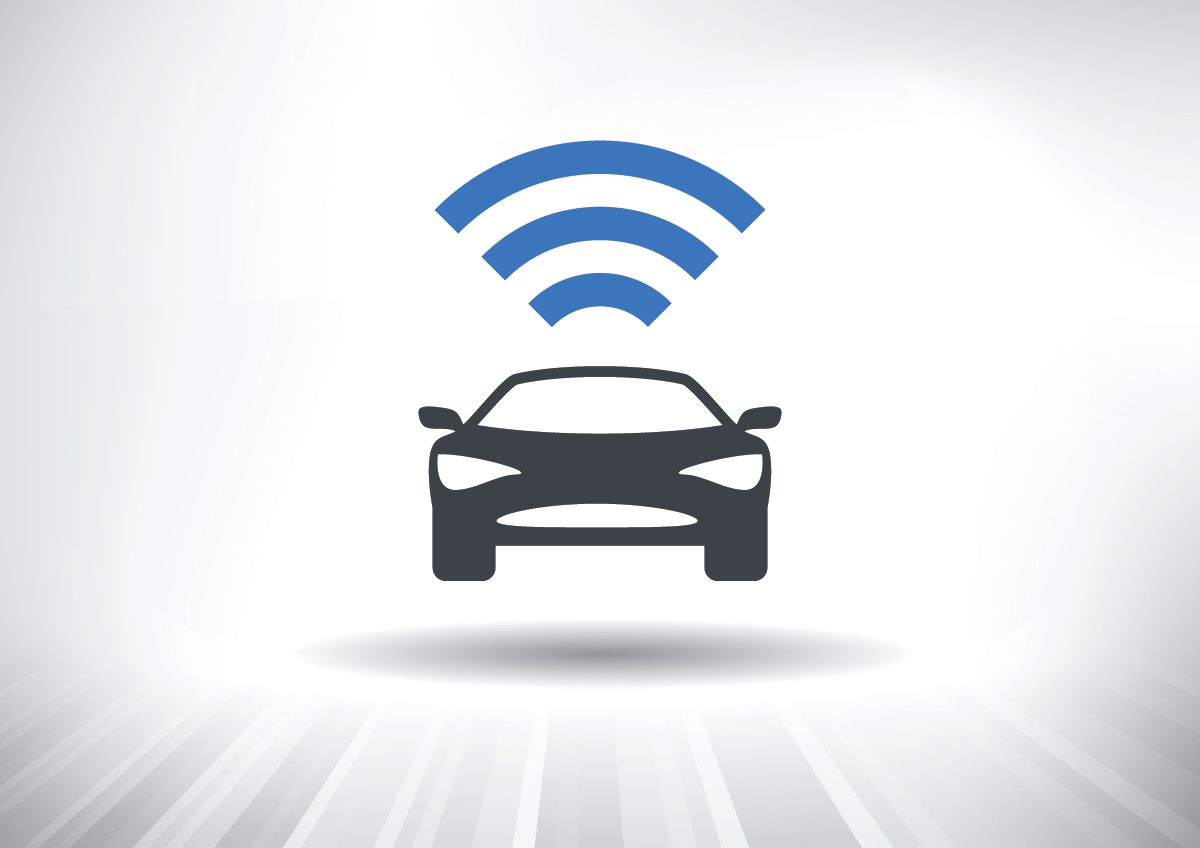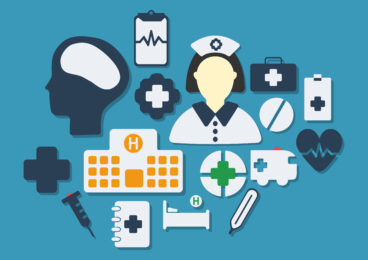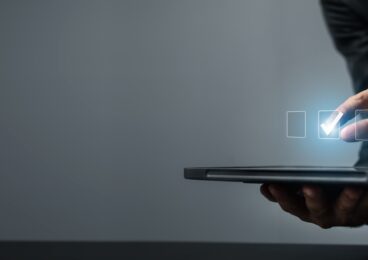Back in January of 2009, Palm announced that they will be launching the next ‘iPhone Killer’ pretty soon. This saw a sweet surge in the stock prices of Palm by about $4. CES (Consumer Electronics Show) was held in the later half of January 2009 at Vegas and Palm’s booth was overflowing with what they were about to launch.
What was launched:
At CES 2009, Palm launched their new smart phone platform called the WebOS keeping the developers in mind. Developers could create their applications by using CSS, HTML and Javascript to start with. No new languages to learn. This was in direct competition to Apple, who launched their iPhone SDK with Objective-C. Palm was on a verge of bringing the money on the table with their idea.
Apart from WebOS, Palm also launched their new phone called ‘Palm Pre’ that was set to launch in Q2 of 2009 featuring a 3.1″ screen with multitouch(!!), slide-out QWERTY keyboard, 8 gigs of storage, GPS, accelerometer and proximity sensors to start with.
Highlights:
Palm’s new platform could have been a serious iPhone killer — Not just with the hardware, but with the software as well, like how Android is doing at the moment in close partnership with HTC. The WebOS was based on ‘cards’ (very similar to Windows Phone 7’s ‘Tiles’), a dock and gestures (that Android perfected in v2.1). The game-changer has definitely been the ability to truly multi-task (Apple does not yet support multitasking yet). The WebOS runs on Linux and is absolutely full of eye-candy.
The downers:
1. App Catalog:
We all expected that you would have a lot of sensible apps on the Palm’s app catalog (keeping aside the never ending fart-apps and other useless jingle-jangles that cover 140,000 apps on the Apple App Store). Going by app count, by the end of 2009, Palm just had a mere 1000 apps on their app catalog (versus 10000+ for Android and 100,000+ for Apple)
2. Hardware:
The Pre got off to a seriously awesome hype in Summer of 2009, but somehow, for some reason, Palm decided not to improvise on their hardware, no surge in apps and basically they lost Apple, HTC and the other manufacturers came up with bigger and better phones (hardware-wise) and Palm decided not to mess with their Pre for over a year.
The second very important factor is that Apple launched the iPhone 3GS and stole Palm’s thunder. Perfect strategy to kill the demand of an upcoming technology by improvising on an already-set-and-highly-successful platform. Typical Apple.
Palm was in some unknown hurry of launching the Pre, resulting into very limited (hardware and software) testing, which then translated into a lot of unsatisfied users. Almost every other person has returned their Palm Pre atleast once to get them fixed and getting a replacement. With such a high competition from Apple, these small mistakes from Palm were getting on the nerves of the users.
3. Design:
Palm’s Pre had a highly glossy almost mirror-like finish on it’s screen. Now that did go very well with the fairer sex (the Pre was termed as a woman’s phone). Only developers, Palm nerds and geeks would know what the WebOS was really capable of doing.
Palm’s designers complained that the iPhone is too huge to put in a pocket and hence decided to shrink it somehow — resulting in the Pre’s thickness like a bar of soap. Not good again. Palm’s designers somehow forgot that the users do not want to seem like they are carrying a bar of soap or a bundle of cash in their pocket. I was never a fan of the Palm’s keyboards. The Centro somehow pulled it off well, but the ‘chin’ of the Pre was too big a pain to let the user type on the hardware keyboard with ease. Maybe a landscape QWERTY (like the spaced-out keys of the Droid) would’ve helped?
Mistakes, more Mistakes:
Palm thought it would be a good idea to let the users sync their phones using iTunes. Not sure what the developers were smoking when they came up with that idea, knowing that Apple is ruthless with their competition (Apple filing a lawsuit against HTC for implementing Multitouch recently, remember?)
Palm did not focus on improvements on their platform (hardware and software) resulting into newer an d better phones overtaking them (iPhone users complained about copy-paste, MMS, better camera, multitasking — Apple made them wait) — I agree that the situation that Palm is in at the moment, making the users wait was not a very good idea either. Double edged sword, to say the least.
Conclusion:
Looks like all the success stories of the Motorolas and the HTCs and the Apples have learnt from the unforgivable mistakes that Palm has made. Or it may also be the case that Palm was trying to cover an old technology in new overalls.
I guess Palm’s days are finally over. You can blame it on ruthless competition, extremely high expectations from the customers, stupid design calls, hardware and software, just to name a few.
If you have been following all the tech news updates regularly, Motorola was in a similar state a year back when they were about to shut shop on their mobile phone department, and then they decided to give Android a shot. Look where they are now in terms of sales for the Droid, the i1, the BackFlip and the DEXT.
If Palm decides to give away it’s baby (the WebOS) and adopt another (Android), they might be successful (you never know)
Alternate bailout is that Google buys out Palm and continues it’s development
But, to say the least, Palm is dead. Struggle and sacrifice, else R.I.P.








